A multimeter is a common measuring instrument for voltage, resistance, capacitance, temperature, and more. The digital multimeter is easy to operate, rich in functions, and the display screen directly shows the required measurements for DC voltage, AC voltage, DC current, AC current, resistance, capacitance, etc.
Today, we will take the clamp multimeter as an example to introduce the measurement demonstration and usage methods for each range of the multimeter.
The most commonly used in our daily life is AC power, with 90% of the household outlets and lights, and 90% in factories being AC. Therefore, today we will mainly introduce the usage methods for measuring DC with a multimeter.
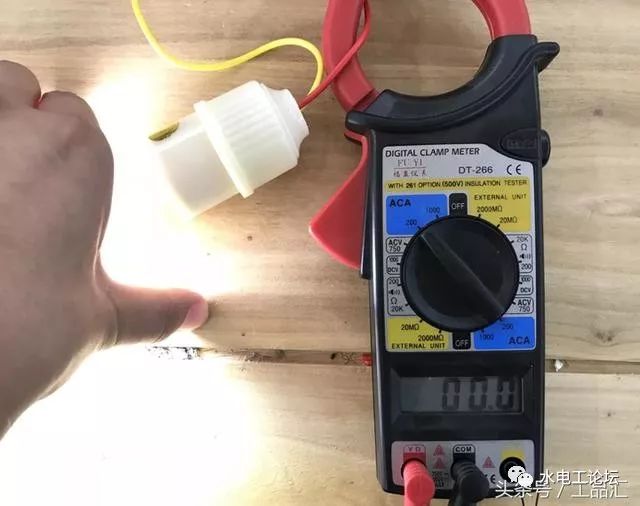
AC Current Range
First: AC Current Range
To measure AC current, first set the multimeter to the current range (ACA). It is important to note that if you are unsure of the current to be measured, set it to the maximum range. Clamp the meter around the wire and read the value. Here, it should be noted that measuring current is independent of the probe position.
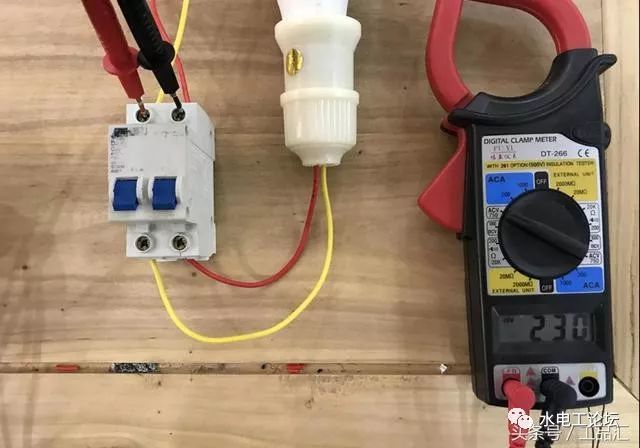
AC Voltage Range
Second: AC Voltage Range
To measure AC voltage, first set the multimeter to AC750V. This meter can measure up to 750V. Pay attention to the position of the red and black probes. AC voltage does not have positive or negative terminals; just measure directly, and it will display a voltage of 230V.
Electrical Knowledge: The voltage range for the AC power we usually use (i.e., mains electricity) is typically 220V±15%, which is 187~253V. It varies significantly due to various factors, and generally, the voltage is lower during peak usage times. The voltage measured in different cities may vary, so if you measure a voltage that is not 220V at home, it is a common situation and not an indication that the multimeter is inaccurate.
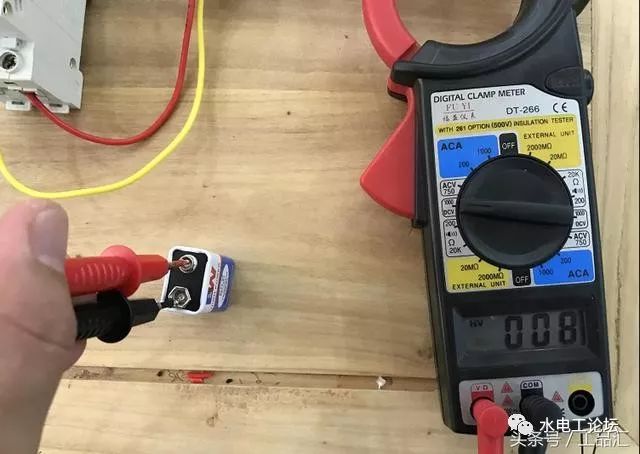
DC Voltage Range
Third: DC Voltage Range
The DC range is for measuring DC voltage. Set the multimeter to DC1000V, which can measure up to 1000V. Pay attention to the position of the red and black probes; for DC, the red probe is for the positive terminal, and the black probe is for the negative terminal. If reversed, it will display a negative number.
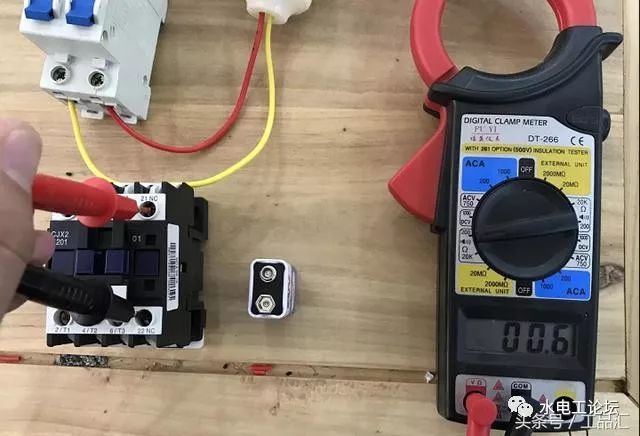
Continuity Test Range
Fourth: Continuity Test Range, which is also the Resistance Range, Diode Range
This meter’s voltage and resistance probes are together, so do not switch them. Set the multimeter to the continuity test range to measure. The most commonly used for testing continuity in repairs is this range.
PS:
There are several different methods for measuring circuit continuity with a multimeter; here are two common methods:
Method One: Use the diode (continuity) range to measure circuit continuity: First, cut off the power supply, connect the red and black probes to the start and end of the line to be tested. If it beeps, the circuit is continuous; otherwise, there is a break in the circuit somewhere.
Method Two: Voltage measurement for continuity: Set the multimeter to the AC (or DC) voltage range, and measure with the circuit powered on. If there is a voltage reading between the start and end of the line, and no other devices are connected in series, it indicates that there is a break somewhere in that segment of the line.
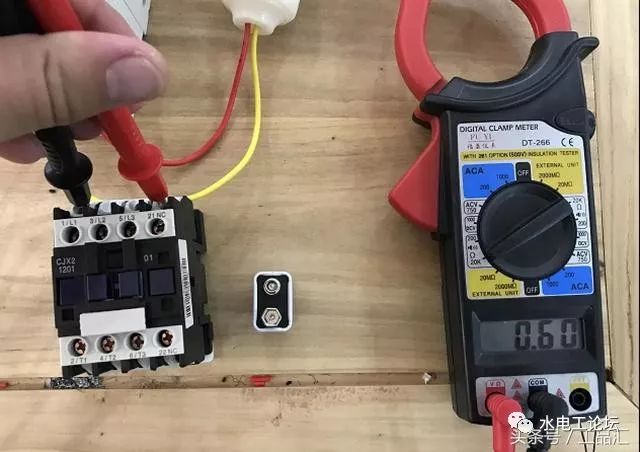
Resistance Range
Fifth: Measuring the contactor coil, also the Resistance Range
Set the multimeter to the resistance range, starting with a higher range. The red and black probes should be inserted into the sockets marked with the resistance symbol and COM, respectively. If there is a resistance value, it indicates that it is good. The value of the resistance can often be disregarded.
These are the five common ranges of the multimeter and their simple usage methods.

During the pandemic,
let’s study at home,
waiting for the clouds to clear,
waiting for spring to blossom,
and we will certainly meet again!

Click to subscribe to the “Dazhong Community Education” public account for more content.
Click the small person icon in the upper right corner of the public account and then pin it to easily receive Dazhong community education information.
For submissions, please send to [email protected] or WeChat number dfnycz.
Exciting Recommendations
1. Emergency Warning! Strictly prohibit off-campus training institutions from conducting any form of offline training!
2. An open letter to off-campus training institutions in Dazhong Street
3. Teacher Chen Fangming offers free calligraphy and painting training for citizens
4. The 8th Hengbei Pear Blossom Cultural Festival opens!
5. Community education volunteers assist Dazhong left-behind children with after-school tutoring
6. Dazhong smartphone training helps the elderly step into the new era
7. Dazhong Street Community Education Center promotes reading activities in enterprises
8. Don’t let your parents become cautious in front of you (in-depth)
1. Emergency Warning! Strictly prohibit off-campus training institutions from conducting any form of offline training!
2. An open letter to off-campus training institutions in Dazhong Street
3. Teacher Chen Fangming offers free calligraphy and painting training for citizens
4. The 8th Hengbei Pear Blossom Cultural Festival opens!
5. Community education volunteers assist Dazhong left-behind children with after-school tutoring
6. Dazhong smartphone training helps the elderly step into the new era
7. Dazhong Street Community Education Center promotes reading activities in enterprises
8. Don’t let your parents become cautious in front of you (in-depth)